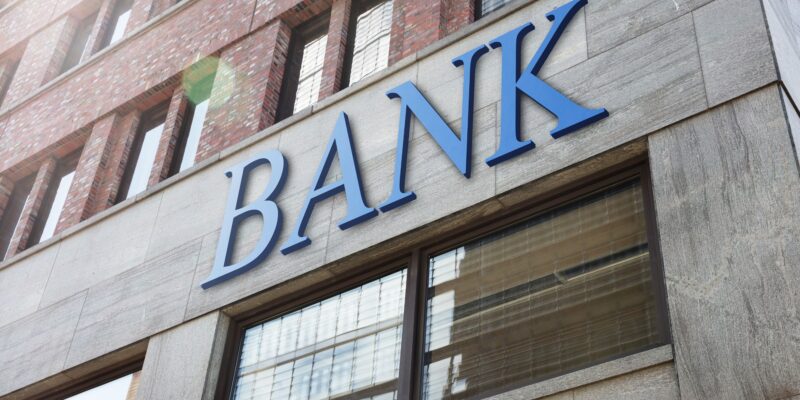Starting January 1, 2020, banks could elect to begin using the Community Bank Leverage Ratio (CBLR) or framework. Designed to simplify calculations for capital ratios on quarterly call reports, the CBLR ratio essentially uses total average assets, rather than the complicated calculation of risk-based total assets. A bank may opt-in or opt-out of this calculation at each call reporting period.
During the first quarter of 2020, the federal banking agencies temporarily lowered the CBLR to 8% and will gradually increase it back to the original 9% over time.
Community Bank Leverage Ratio Calculation
Tier 1 Capital
Average cons. assets less deductions from Common Equity Tier 1 Capital and additional Tier 1 Capital
Benefits
The biggest benefit of electing to use the CBLR is simplifying the capital ratio calculations used on the call report which would help reduce call reporting errors, and staff using considerably less time in preparing the schedule RC-R of the call report.
Qualifying factors
However, when considering whether to adopt this framework, a bank must consider the qualifying factors in order to be eligible to use the framework:
- The calculated leverage ratio must be greater than 9% (temporarily 8%);
- Total off-balance sheet exposure must be 25% or less of total consolidated assets;
- Consolidated assets must be less than $10 billion; and
- Total trading assets/liabilities must be 5% or less of consolidated assets.
In essence, when opting-in to this framework, a bank is committing to maintain their ratio at 9% (temporarily 8%) or above. If it does fall below 9% (temporarily 8%), there is a two-quarter grace period to increase the ratio to the required minimum. This does not offer much flexibility if any situations may occur that would affect Tier 1 Capital, or Average Consolidated Assets in a negative way. The CBLR also requires a bank to maintain higher capital than would be required under historical call reporting where a 5% leverage ratio is considered “well capitalized”.
If a bank decides to adopt this new framework, ultimately, they are not committed to using the CBLR forever. A bank may opt-out at the next call report period. A bank should consider current call reporting ratios, knowledge of staff who complete the call report, as well as the above factors.
If you would like to discuss the CBLR or call report help further, please contact any member of K·Coe’s Community Banking team.






